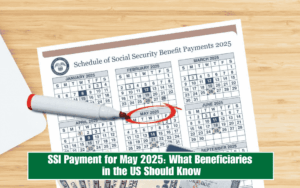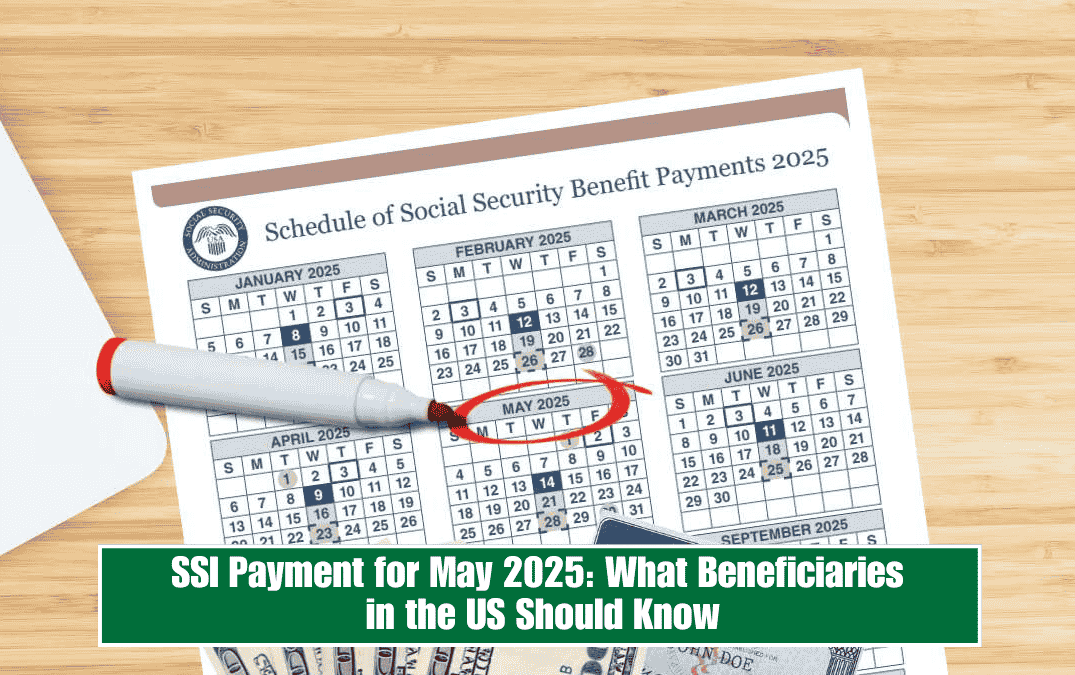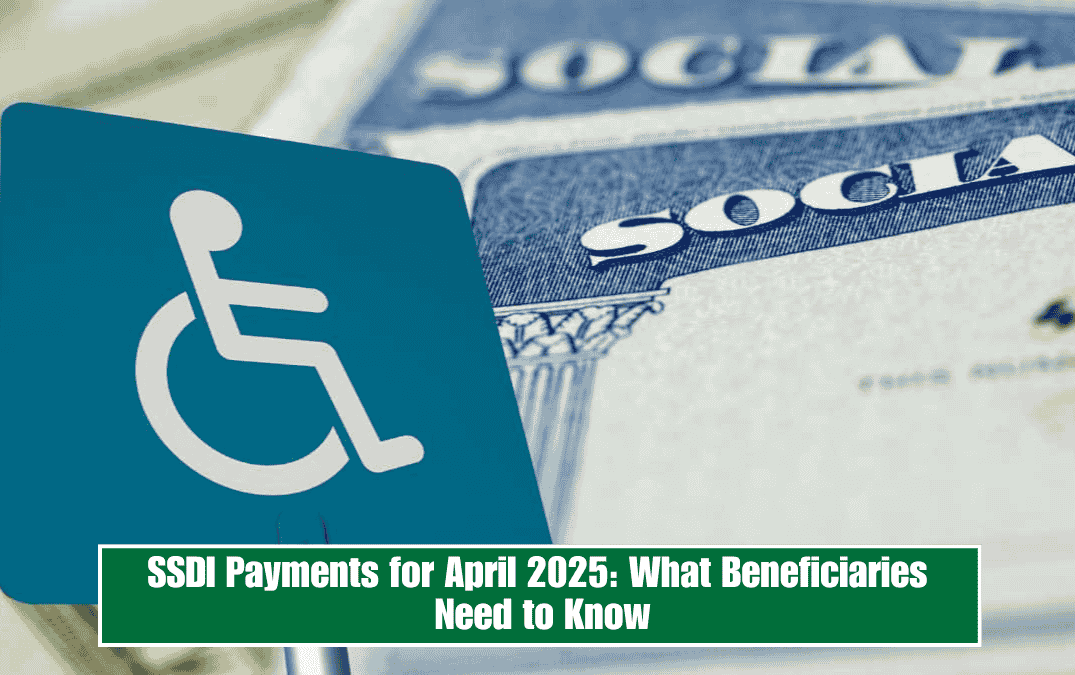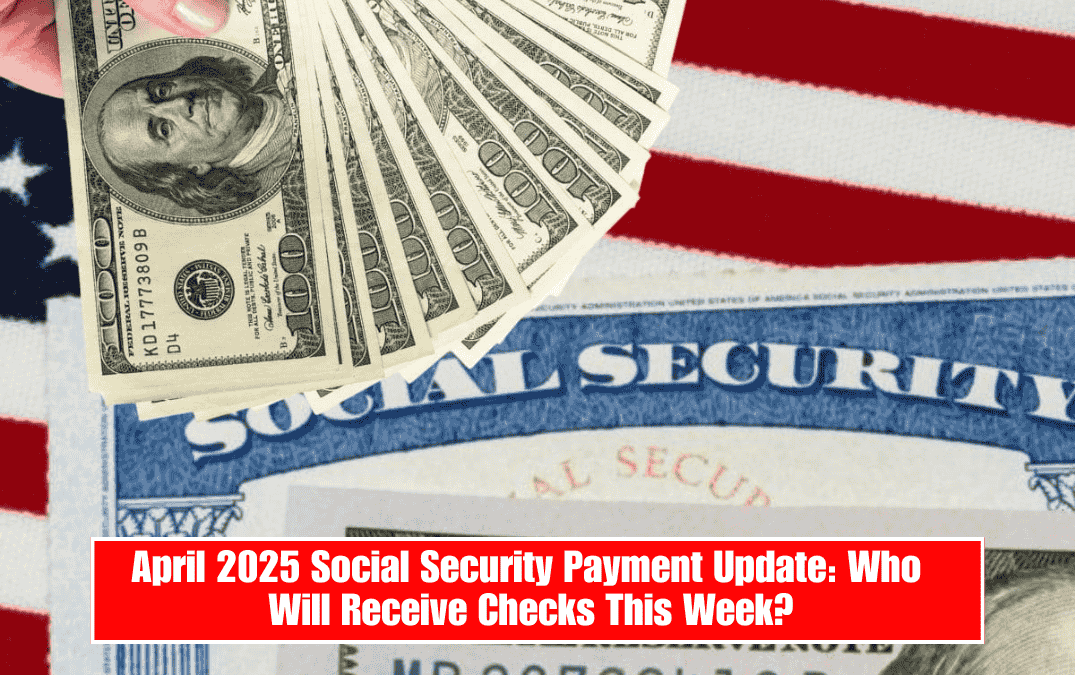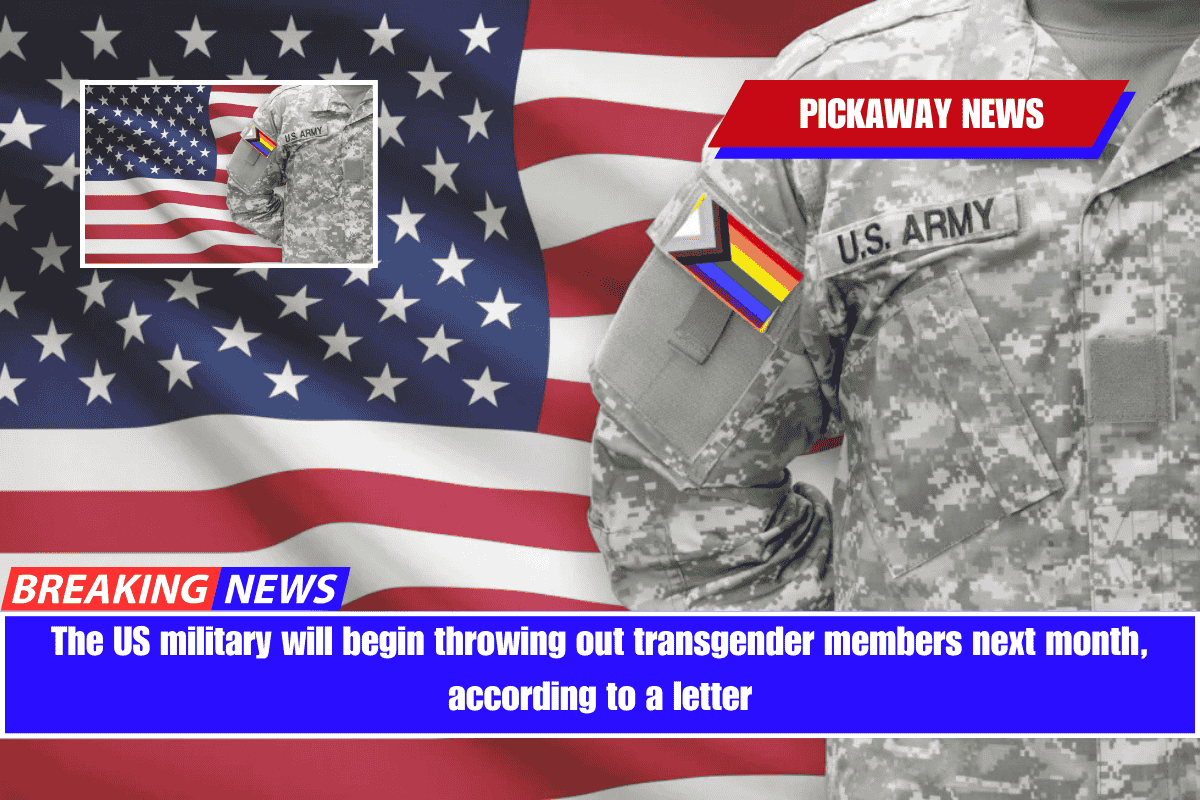Retirement in the United States has officially entered a new era. A major change in how you apply for Social Security retirement benefits is rolling out starting April 2025, and it’s something every future retiree needs to know.
Your payments are safe, but the process of applying has changed. From now on, you can no longer complete your retirement paperwork over the phone alone. Even if you already started the process by calling the Social Security Administration (SSA), you will still have to verify your identity in person to complete your application and start receiving your monthly payments.
Let’s break down everything you need to know about this new requirement and how to proceed.
What Has Changed?
The most important update is this:
You can still call the SSA to begin your retirement application, but to complete it, you’ll be required to visit a Social Security office in person to verify your identity. This change affects:
- People applying for retirement benefits
- Applicants for survivor or widow benefits
- Individuals claiming auxiliary benefits (such as those for spouses or dependent children)
If you don’t complete the in-person step, your application will be paused, and you will not receive your Social Security check until your identity is verified.
Is There an Alternative to Going to an SSA Office?
Yes. You can use the My Social Security platform—SSA’s official online system—to apply and complete everything from home.
This digital option is the only way to avoid the in-person visit, but there’s a catch: many retirees, especially older adults, may not be comfortable with technology. This could create serious difficulties for people who don’t use smartphones, have no internet access, or simply prefer talking to a person over using a website or app.
So while the digital path is available, for many, it may not be a real solution.
Who Is Exempt From This Change?
If you are receiving or applying for:
You are not affected by this change. You will not be required to complete in-person verification under this new rule.
Why Is This Change Happening Now?
The SSA has not reported any specific security incident, but this move is part of a broader push to reduce identity fraud. The goal is to ensure that benefits are only given to the person who is actually entitled to them. This means verifying identities more strictly—either in person or through secure online platforms like My Social Security.
What’s the Fastest Way to Apply Now?
If you’re comfortable using technology, the fastest, easiest, and most secure method is to use the My Social Security online system. This official SSA platform allows you to:
- Apply for retirement and other benefits
- Manage and update your information
- Track your application status
- Receive payments more quickly
It uses end-to-end encryption, meaning your personal data is fully protected. Plus, people who apply online often receive their benefits faster than those using traditional methods.
What Does This Mean for Retirees?
This isn’t just a policy update—it’s a major shift in how Social Security is managed in the U.S. The days of handling everything over the phone are ending. Technology is now the norm.
But this creates a new challenge: what about older adults who struggle with digital tools?
Many seniors are being left behind by these changes. They may not have smartphones, or may not know how to use online platforms. In some cases, they don’t even have internet access. These people could face real barriers in accessing the benefits they are entitled to.
This change places a huge responsibility on federal and community programs to help seniors adapt, either by offering in-person assistance, education, or helping them with online applications.
Starting in April 2025, in-person identity verification will be required for anyone applying for retirement, survivor, or auxiliary Social Security benefits—unless you use the My Social Security online system. If you don’t complete this new step, your payments will be delayed or paused.
This change is being made to fight identity fraud, but it also creates challenges—especially for older Americans who may not be comfortable using technology. While the SSA promises that My Social Security is secure and simple, the shift raises important concerns about accessibility, fairness, and digital inclusion.
It’s time for real support systems to be put in place so that no retiree is left behind. Whether it’s through community outreach, tech training, or more personalized assistance, the goal must be to ensure that everyone, regardless of age or tech skills, can retire with dignity and ease.



